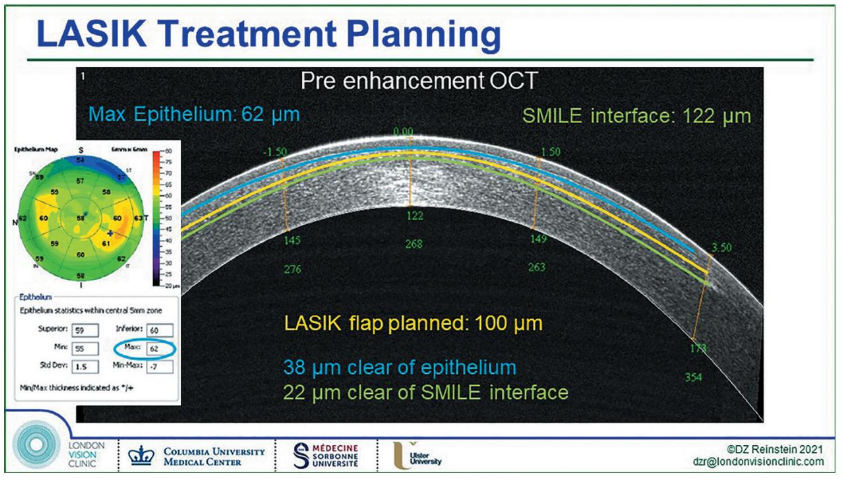Retreatment after SMILE
What are the benefits and techniques for performing thin-flap LASIK? Cheryl Guttman Krader reports.

Cheryl Guttman Krader
Published: Tuesday, March 1, 2022

What are the benefits and techniques for performing thin-flap LASIK? Cheryl Guttman Krader reports.

Published: Tuesday, March 1, 2022
